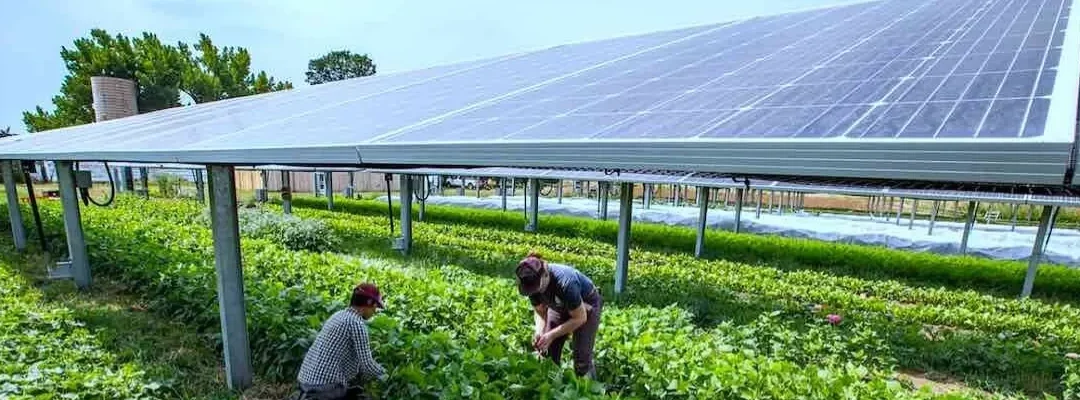Introduction
Farmers are the backbone of India, and their land is at the heart of the country’s solar revolution. As India pushes towards 500 GW of renewable energy by 2030, thousands of acres of farmland are being converted into solar parks.
But farmers often have concerns:
- Will they lose their land?
- Will they get fair compensation?
- Will solar projects affect their future security?
This is where land aggregators come in. They act as a bridge between farmers and solar developers, ensuring farmers get fair, long-term benefits from solar projects.
Who Are Land Aggregators?
- Land aggregators are professionals or companies who collect and consolidate farmland from multiple owners.
- Instead of a developer negotiating with 100 different farmers, an aggregator manages all discussions.
- They ensure that farmers, developers, and investors all benefit fairly.
Key Benefits for Farmers
1.Fair and Transparent Deals
- Farmers often fear being underpaid for their land.
- Aggregators negotiate fair market rates or lease agreements.
- All contracts are documented and registered legally.
2. Long-Term Lease Income
- Many farmers prefer leasing their land instead of selling.
- Typical lease periods: 20–30 years, with yearly rental payments.
- Rental income is stable and predictable, unlike crop yields which depend on weather.
3. Alternative to Low Crop Income
- Agriculture income is often uncertain due to rainfall, pests, and market prices.
- Solar leasing gives farmers risk-free income, often higher than crop profits.
- Example: A farmer earning ₹30,000–40,000/acre per year from crops can earn ₹60,000–1,00,000/acre from solar lease.
4.Farmers don’t have to move.
- They keep ownership rights and can even use nearby land for farming.
- In some cases, agrivoltaics (farming + solar panels) allows them to grow crops under or around solar panels.
5. Community Development
- Solar projects bring infrastructure, jobs, and electricity access to rural areas.
- Local youth often get employment in construction, security, or O&M (Operations & Maintenance).
- Villages benefit from improved roads and facilities.
Real Example
- In Gujarat, farmers leased 500 acres of land for a 100 MW solar park.
- Farmers earn ₹70,000 per acre annually, compared to ₹35,000 from crops.
- Lease is for 25 years, ensuring steady income.
- Developers built access roads, which also improved connectivity for villages.
Common Concerns from Farmers (and Solutions)
Fear of Losing Land Permanently
Solution: Lease model allows farmers to keep ownership.
Worried About Cheating
Solution: Transparent, legally registered agreements.
Uncertainty About Payments
Solution: Agreements often include annual bank transfers to farmers.
Impact on Farming
Solution: Agrivoltaic models allow farming under panels in some cases.
Future for Farmers in Solar Parks
- As more solar parks come up, farmer participation will grow.
- With clear, transparent deals, farmers will see solar as a partner, not a threat.
- Over the next decade, lakhs of farmers may benefit from lease income + rural development.

